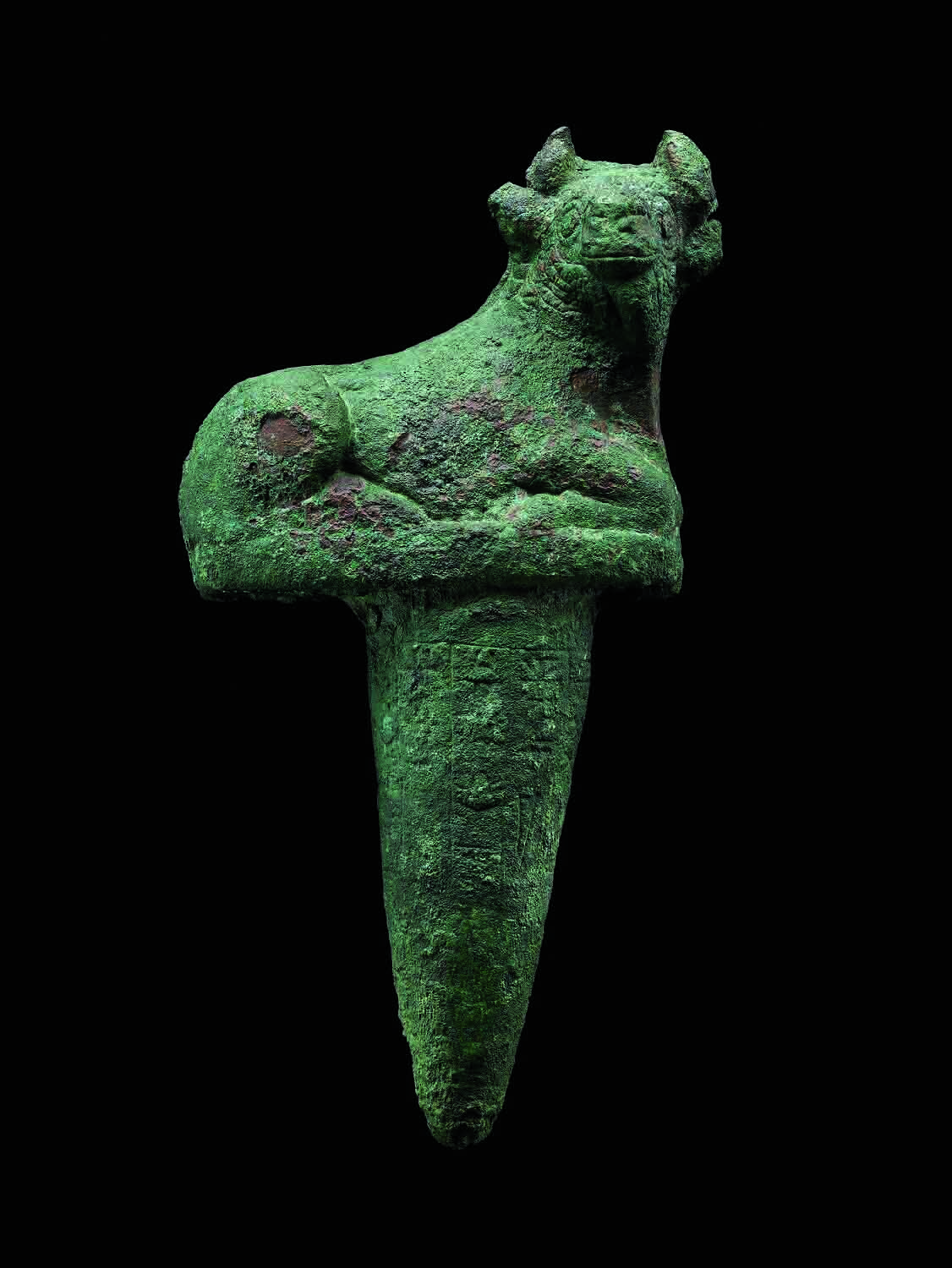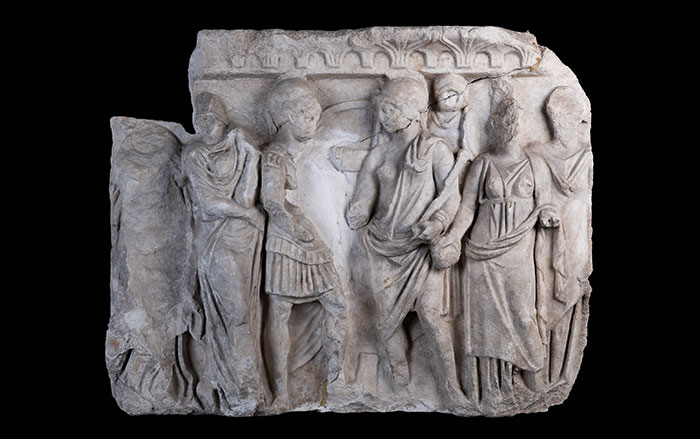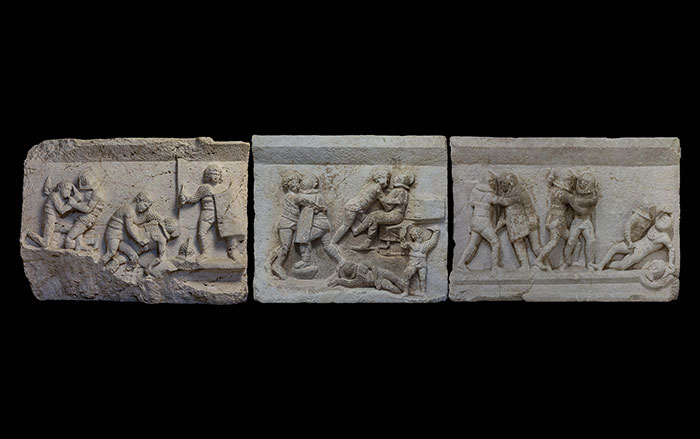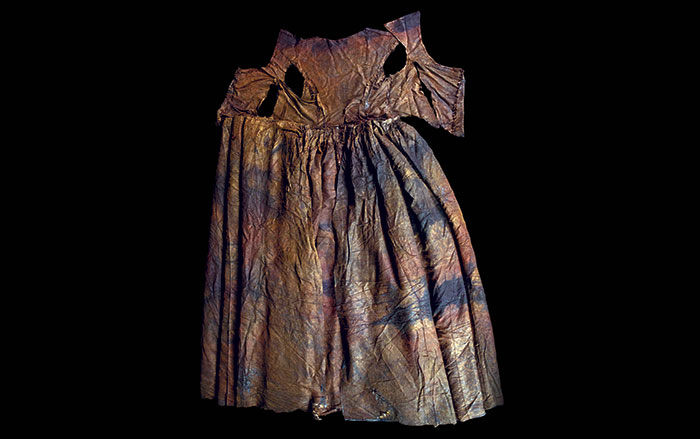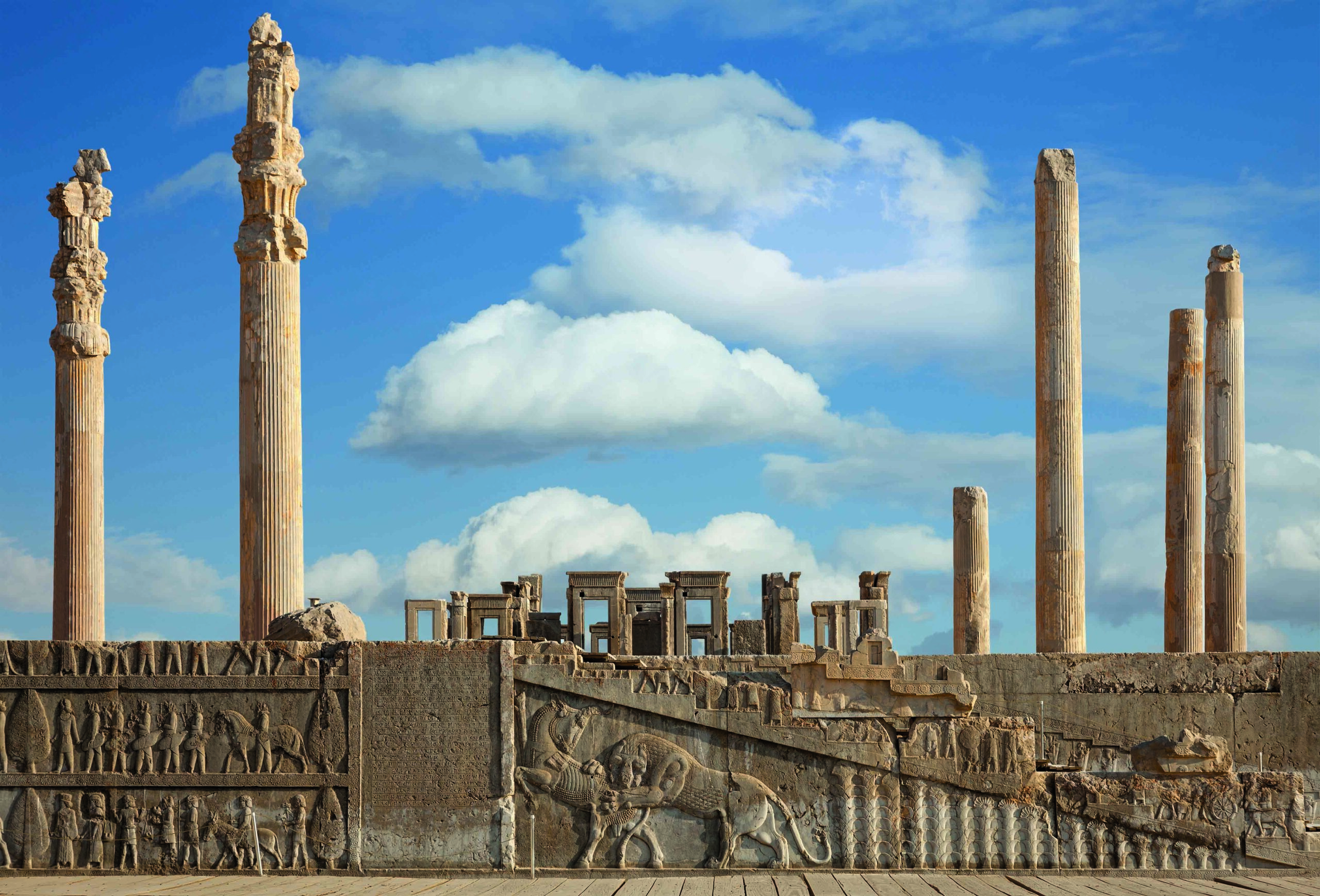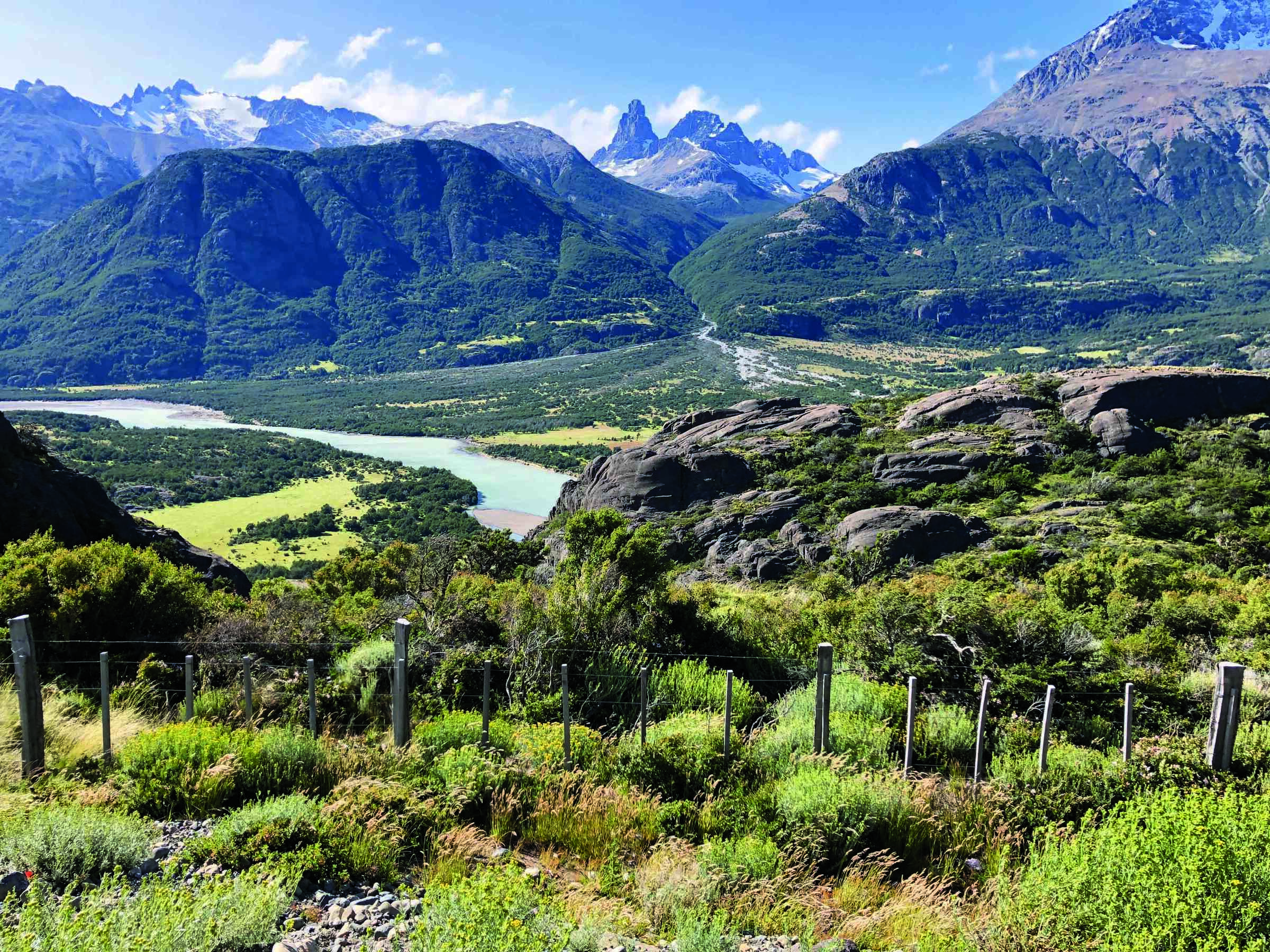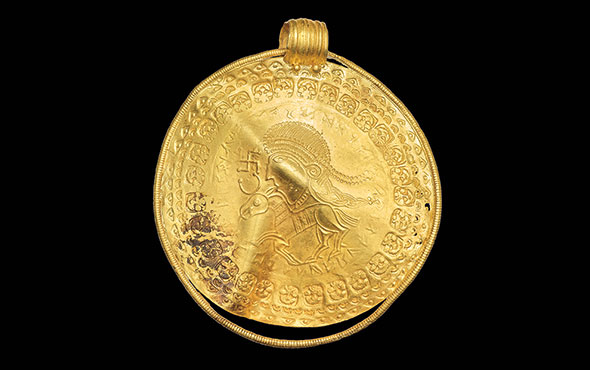
In southern Turkey’s Amuq Valley, a curious one-inch-tall lead figurine unearthed at a rural Bronze Age site is giving archaeologists a glimpse of how villagers living around 2000 B.C. responded to a period marked by increasing drought. A team led by Mustafa Kemal University archaeologist Murat Akar discovered the figurine while excavating a grain silo at the site, which is known as Toprakhisar Höyük. The archaeologists were instantly struck by the object’s odd appearance. Taking the form of a bull, it resembles lead trinkets that were circulated by traders in Anatolia at that time. But it also bears a likeness to larger artifacts from Mesopotamia called foundation pegs, conical or nail-shaped objects inscribed with dedications to the gods and placed under the walls of important buildings.
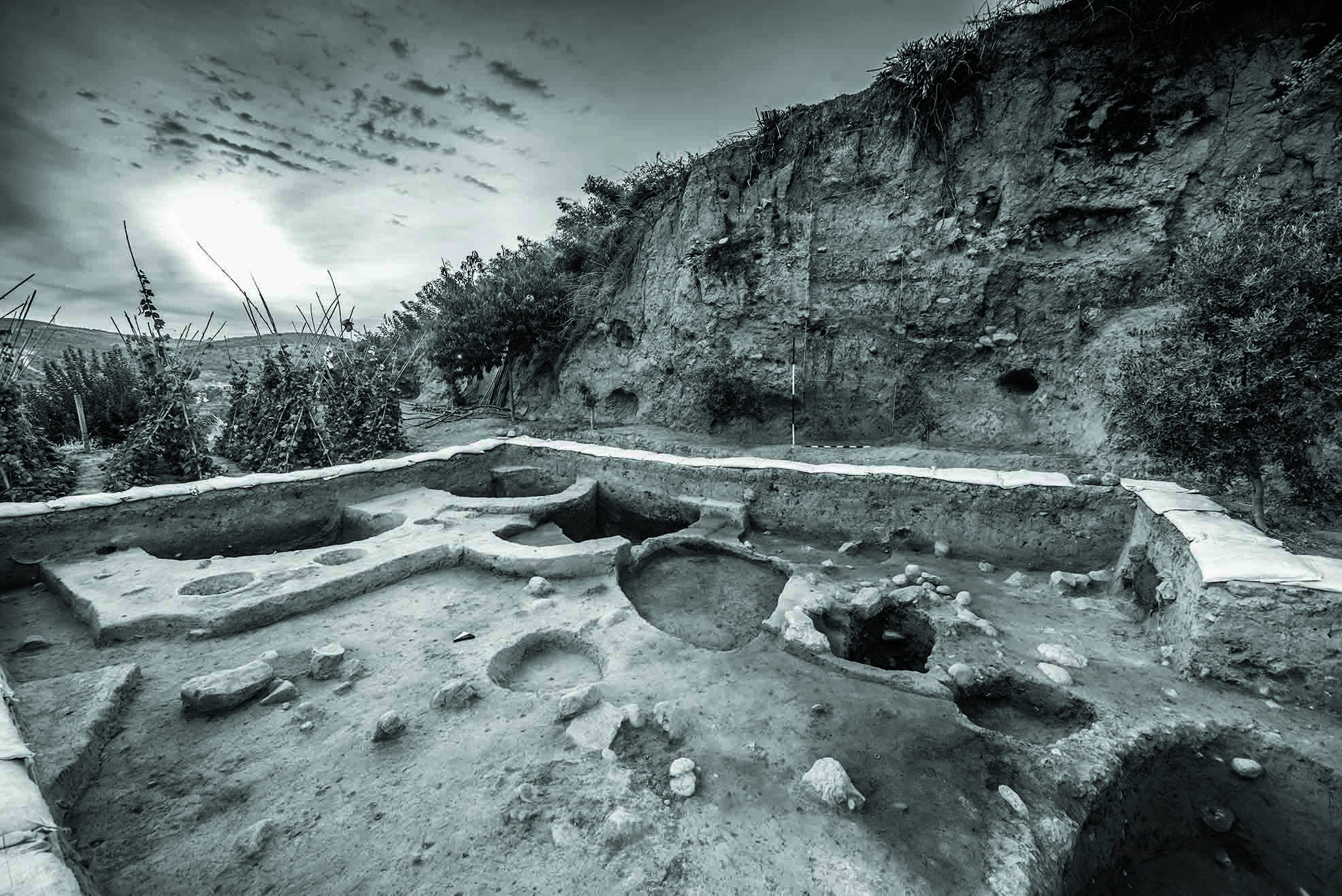
Akar thinks the hybrid Anatolian-Mesopotamian figurine was made by newcomers who were drawn to Toprakhisar Höyük by the area’s resilient river system, which would have made it a haven during dry periods. “We believe that the Amuq Valley was a refugee zone at the beginning of the second millennium B.C.,” he says. “Beliefs, ideas, customs, and new cult and ritual habits were likely transmitted to the region through these population movements from northern Mesopotamia.” Bulls came to be closely associated with the area’s various storm god cults, which rose to prominence around the time the object was placed in the grain silo. Perhaps it was left there by people who sought the storm god’s protection from further hardship while they built a new life in a foreign land.


